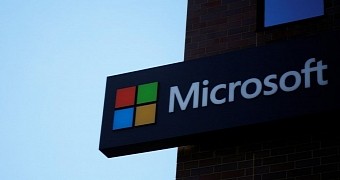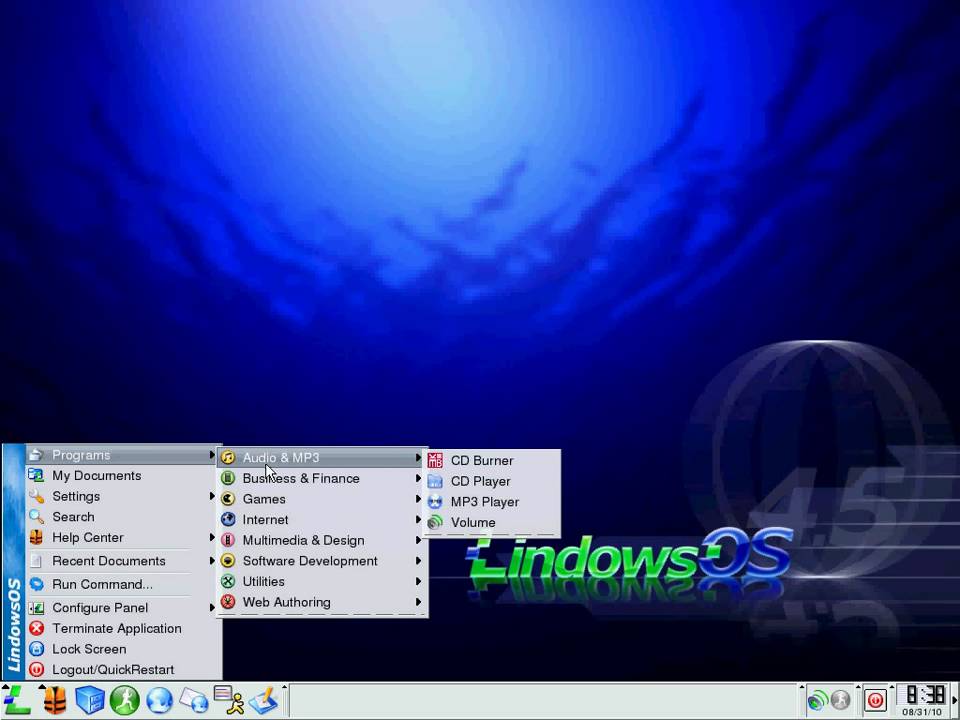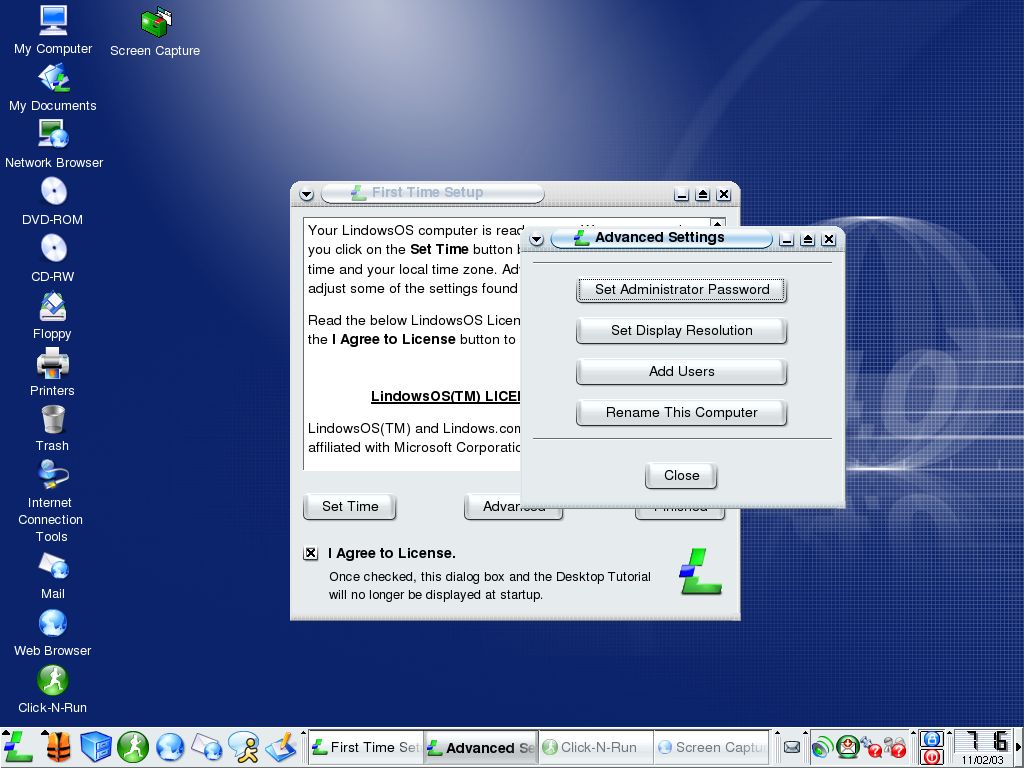The war between Windows and Linux is no longer a thing, or at least that’s what Microsoft says on every occasion when it reiterates its love for the open-source world, but there was a time when the software giant was doing anything it could to block the ascension of the rival platform.
One particular battle that few people remember is a lawsuit that Microsoft started against Lindows.com Inc., a company that developed the Linux distribution originally called Lindows.
As you could easily figure out by reading its name, Lindows was developed to be a full replacement to Windows, using Wine emulation software to run programs designed for Microsoft’s operating system.
The Redmond-based software giant, however, believed not only that the Lindows name was confusing for customers, but also that it violated the “Windows” trademark. As a result, it sued Lindows.com Inc. in December 2001 in the United States, Canada, and several European countries like Sweden, France, and Belgium.
The fight between giant Microsoft and startup Lindows wasn’t easy for the world’s number one software company. Despite not having the financial power to resist Microsoft’s legal pressure, Lindows went to war with the company, and in early 2002, it tried to have the case thrown out because Microsoft filed a complaint in the Washington court. Lindows.com was based in San Diego, California, and the company said it was outside the Washington court’s jurisdiction.
Obviously, Microsoft wasn’t willing to give up, and the company pushed harder in Europe, where it won the battle in every single country. In the United States, however, Lindows.com proved to be a tough nut to crack, with judges raising doubts over the Windows trademark following repeated Microsoft appeals.
After nearly two years of legal battle, Microsoft was concerned that the discussions over the Windows trademark could lead to additional trouble, especially as most courts described it as a generic term. U.S. District Judge John Coughenour in Seattle requested a jury to consider the use of the term Windows before the launch of the operating system in November 1985, in an attempt to decide whether it could be perceived as a trademark or as a generic term.
In the meantime, Lindows.com tried several tactics in order to survive the battle. First, it launched a website called ChoicePC.com to allow users to purchase lifetime Lindows licenses and upgrades for just $100, directing all the revenue to its legal fight with Microsoft.
Then, the company sidestepped the ban over the Lindows name in Europe by rebranding its operating system as Lin---s, marketed as Lindash. The website was changed to lin---s.com.
After more than two years of appeals and attempts to obtain retrial, Microsoft decided a settlement with Lindows was the right way to go. The company agreed to pay $20 million to Lindows.com in July 2004 to take over the Lindows trademark, with the Linux OS maker eventually changing its name to Linspire.
As part of the deal, Microsoft agreed to pay $15 million by August 15 and an additional $5 million for 13 different domain names, including the already popular at that time Lindows.org and lindowsfan.com. Royalty-free licenses for Windows Media software were also offered to the newly-founded Linspire, which used them in their new operating system.
The lawsuit proved to be a pretty bad move from Microsoft, as the press exposure and the repeated attempts to win in court made Lindows more famous than it ever was before. Microsoft has never commented on the settlement, and the only thing it said was the following statement offered by Tom Burt, the company’s deputy general counsel:
“This settlement addresses those concerns [regarding Windows trademark infringement].”
As for Lindows, it still exists today in a rather different form, with the latest version published in early April. Linspire eventually decided to change the company's name to Digital Cornerstone, with all assets sold to Xandros, who discontinued the OS to relaunch it as Xandros. In early 2018, however, Linspire was brought back to life after PC/OpenSystems LLC bought the OS from Xandros.

 14 DAY TRIAL //
14 DAY TRIAL // 



